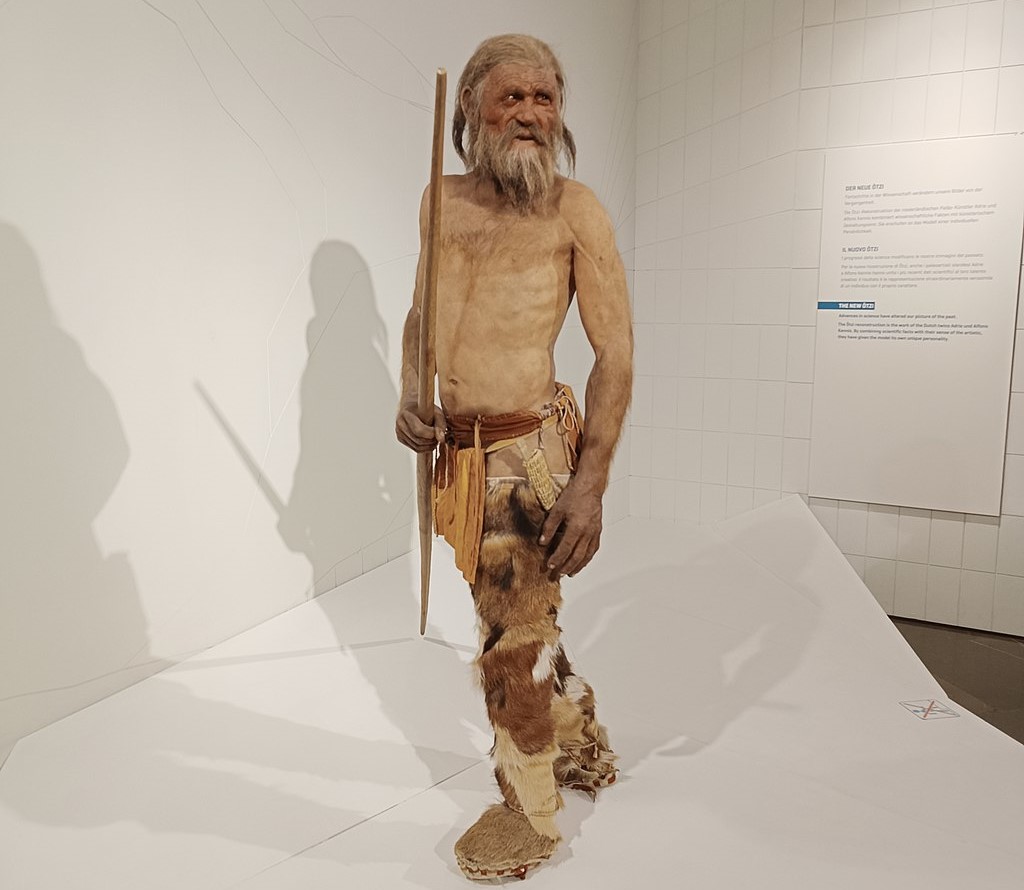Ötzi’s 5,000-Year-Old Tattoos Recreated by Researchers
Others are reading now
Tattoos are a form of self-expression today, but they’ve been around much longer than we might think.
Some of the earliest known tattoos were found on a man who lived more than 5,000 years ago. He is known as Ötzi the Iceman.
In 1991, hikers found his frozen body in the Alps. The ice preserved him so well that scientists have been able to study his body in great detail.
One of the most puzzling things about Ötzi were the dark marks on his skin. Scientists identified at least 61 tattoos across his body, according to WP.
Also read
The symbols stretch from his back and wrist all the way to his legs. Until recently, no one was sure how these tattoos were made.
A team of researchers wanted to find out. They worked with a volunteer who agreed to get the same tattoos on his body.
These tattoos were made using a range of tools and methods to test how the skin would react.
The scientists tried eight different tools. These included bone, obsidian, copper, a boar’s tusk, and a modern steel needle.
They also used four tattooing methods. Some techniques involved cutting the skin and rubbing in pigment.
Others involved poking the skin with a sharp tool to insert the ink below the surface.
By watching how the wounds healed, the researchers found a pattern. The tattoos that healed in a way that matched Ötzi’s were made using the hand-poke method.
This technique uses a single-point tool, much like how modern stick-and-poke tattoos are done.
Some had believed the tattoos were made by burning herbs into the skin.
But this study showed no clear signs of that. There was also no hard proof that plant matter was used.
These new findings match up with what archaeologists already know about the region where Ötzi was found.
Tools that could have been used for tattooing had been discovered there before.
This research may help experts take a new look at those old tools and think again about how ancient people used them.
It turns out, our ancestors had more advanced techniques than we once thought.








